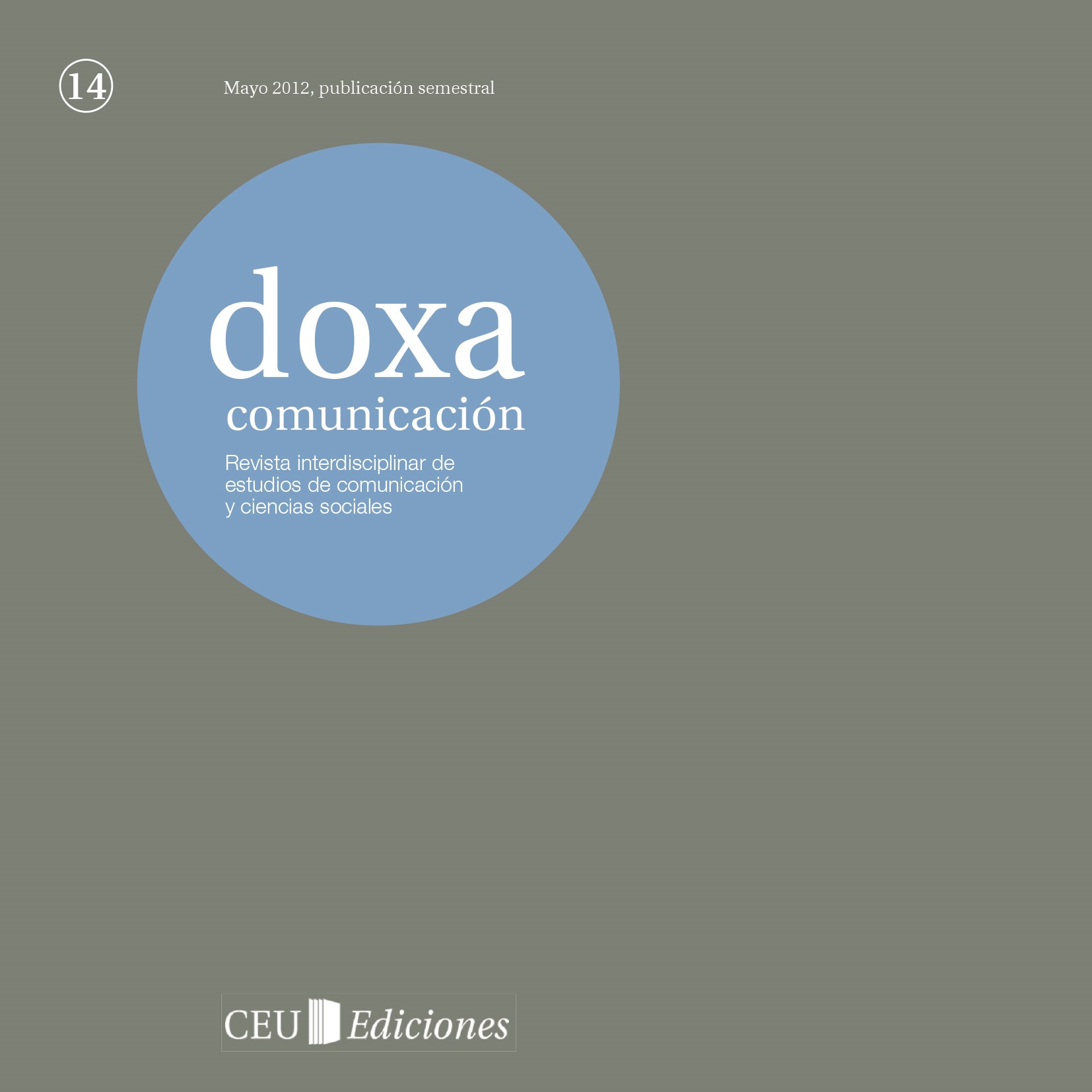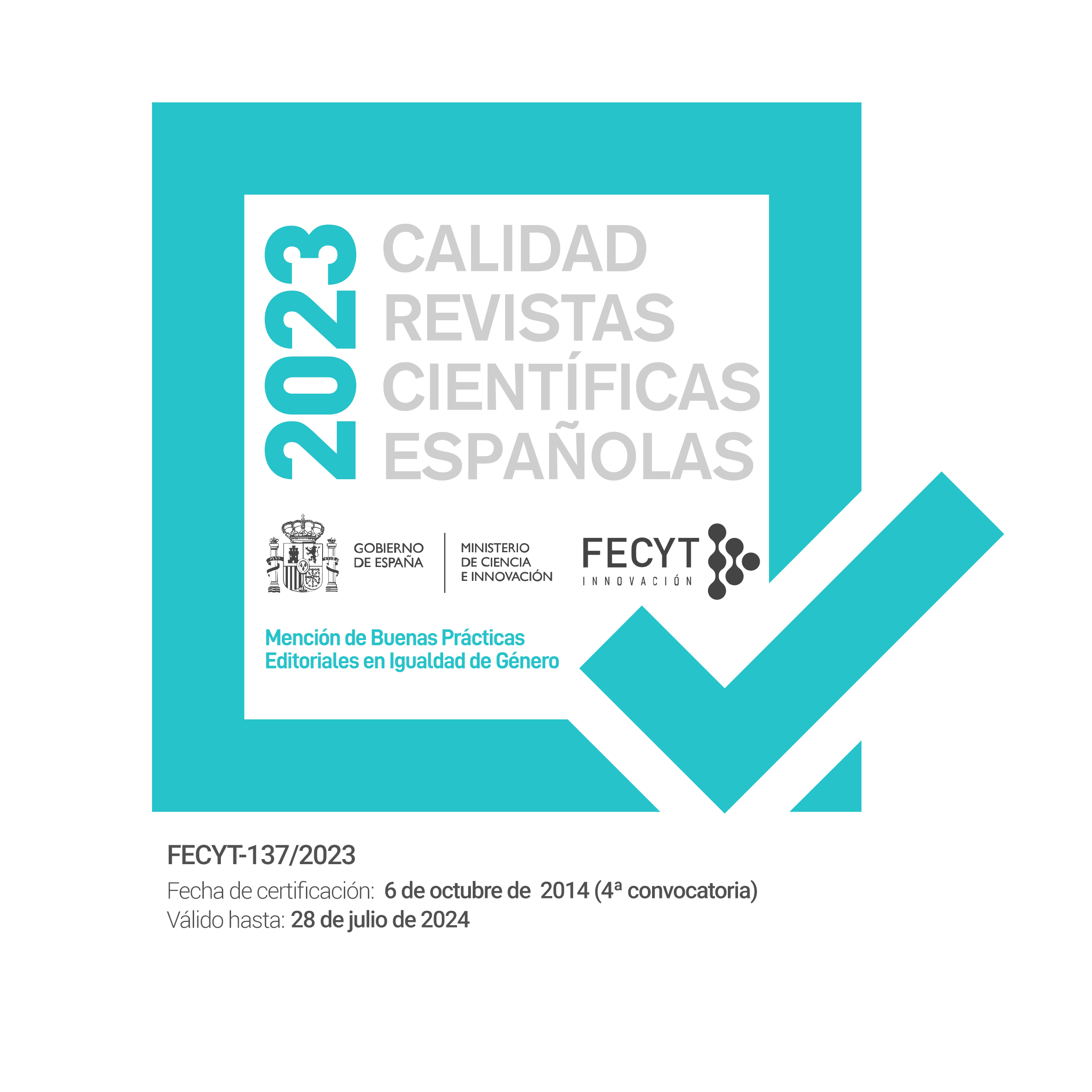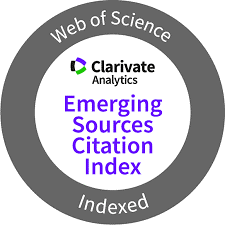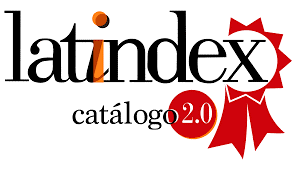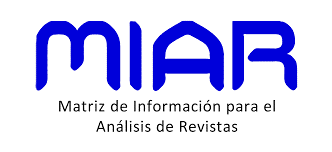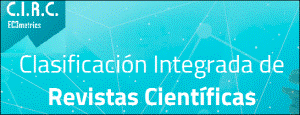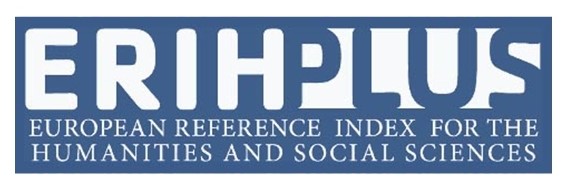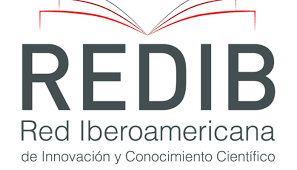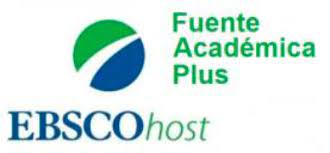La incorporación de los lectores de prensa impresa a la prensa digital: uso convergente del soporte on-line
DOI:
https://doi.org/10.31921/doxacom.n14a1Palabras clave:
Prensa on line, usuarios, expectativas, multiplataforma, marca periodísticaResumen
Gracias a una encuesta realizada a más de 3.500 lectores de LaVanguardia.com, el presente artículo sostiene que lo que ha movido a buena parte de ellos a adoptar la lectura de la edición digital no son tanto las especificidades que diferencian a la plataforma on-line, como la confianza que han depositado en su marca periodística. El análisis de los patrones de uso y de las expectativas de dichos lectores lleva a ver el soporte digital no como una superficie de información inmediata, sino como un vehículo flexible de acceso a una fuente tenida como de referencia. Investigar las gratificaciones que obtienen los lectores al establecer una relación con la marca periodística, mueve a trasladar el punto de mira hacia aquello que, por encima de la evolución de los distintos soportes, permanece estable entre los medios de información y sus públicos objetivos.
Descargas
Citas
Armentia, J. I., Caminos, J. M., Elexgaray, J., Martin, F., & Merchán, I. (2000): El diario digital: Análisis de los contenidos textuales, aspectos formales y publicitarios. Barcelona: Bosch.
Beaudoin, E.; Thorston, E. (2002): “A marketplace theory of media use”, Mass Communication & Society, vol. 5, pp. 241– 262.
Bucy, E. (2003): “Media credibility reconsidered: Synergy effects between on-air and online news”, Journalism & Mass Communication Quarterly, vol. 80, pp. 247–265.
Cabrera, M. A. (coord.) (2010): Evolución tecnológica y cibermedios. Zamora: Comunicación social. Callejo, J. (2001): Investigar las audiencias. Un análisis cualitativo. Barcelona: Paidós.
Canga, J., Coca, C., Martínez, E., Cantalapiedra, M. J., y Martínez, L. (2000): Diarios digitales. Apuntes sobre un nuevo medio. Bilbao: Universidad del País Vasco.
Chung, D. S. (2008): “Interactive features of online newspapers: Identifying and predicting use of engaged readers”, Journal of Computer Mediated Communication, vol. 13 (3), pp. 658-679.
Chung, D. S.; & Yoo, Y. (2006): “Online user motivations and use of interactive features on an online news site: A uses and gratifications approach”, Conference Papers International Communication Association, pp. 1-36.
De Waal et al. (2005): “Online Newspapers: A Substitute or Complement for Print Newspapers and Other Information Channels?”, Communications, vol. 30, pp. 55–72.
Dimmick, J.W. (2003): Media competition and coexistence: The theory of the niche. Wahwam: Lawrence Erlbaulm. Dutta-Bergman, M. J. (2004): “Complementarity in consumption of news types across traditional and new media”, Journal of Broadcasting & Electronic Media, vol. 48 (1), pp. 41-60.
Fernández, A. (2011). “Diarios para el ipad, nuevas oportunidades para el periodismo digital”, en J. J. Verón, y F. Sabés (eds.): La investigación para el periodismo digital. algunos trabajos desde el ámbito universitario. Congreso de Periodismo Digital (Huesca).
Fidler, R. F. (1997): Mediamorfosis: Comprender los nuevos medios. Granica: Buenos Aires.
Flavián, C., y Gurrea, R. (2006): “The choice of digital newspapers: Influence of reader goals and user experience”, Internet Resarch, 16 (3), pp. 231-247.
Gabardo, J. A. (2010): “Internet en medio de los medios”, Seminario de medios en Madrid, AIMC.
Kiousis, S. (2001): “Public trust or mistrust? Perceptions of media credibility in the information age”, Mass Communication & Society, vol. 4, pp. 381-404.
Lee, P.; Leung, L. (2006): “Assessing the displacement effects of the Internet”, Telematics and Informatics, vol. 25, pp. 145- 155.
Livingstone, S. (1999): “New media, new audiences?”, New media and society, New media and society, vol. 1 (1). pp. 59-66. Meyen, M. (2004): Mediennutzung. Konstanz: UVK.
Mitchelstein, E.; Boczkowski, P. (2010): “Online news consumption research: An assessment of past work and an agenda for the future”, New Media & Society, vol. 12 (7), pp. 1085-1102.
McQuail, D. (1997): Audience analysis. Londres: Sage Publications.
McQuail, D.(2000): Introducción a la Teoría de la Comunicación de Masas. Paidós: México.
Nguyen, A., y Western, M. (2006): “The complementary relationship between the internet and traditional mass media: The case of online news and information”, Information Research, vol. 11 (3), pp. 11-13.
Oyedeji, T. (2007): “The Relation Between the Customer-Based Brand Equity of Media Outlets and Their Media Channel Credibility”, The International Journal on Media Management, vol. 9 (3), pp. 116-125.
Palmgreen, P.; Rayburn, J.D. (1985): “An expectancy-value approach to media gratifications”, en Rosengren, K. E.; Wenner, L. A. (1985): Media gratifications research: Current perspectives. USA: Sage Publications.
Robinson, J. et al. (2000): “Mass Media Use and Social Life Among Internet Users”, Social Science Computer Review, vol. 18 (4), pp. 490-501.
Ruggiero, T. E. (2000): “Uses and gratifications theory in the 21st century”, Mass Comunication & Society, vol. 3 (1), pp. 3- 37.
Stempel et al. (2000): “Relation of Growth of Use of the Internet to Changes in Media Use from 1995 to 1999”, Journalism and Mass Communication Quarterly, vol. 77, pp. 71-79.
Descargas
Publicado
Cómo citar
Número
Sección
Licencia
Derechos de autor 2012 http://creativecommons.org/licenses/by-nc/4.0

Esta obra está bajo una licencia internacional Creative Commons Atribución-NoComercial 4.0.

